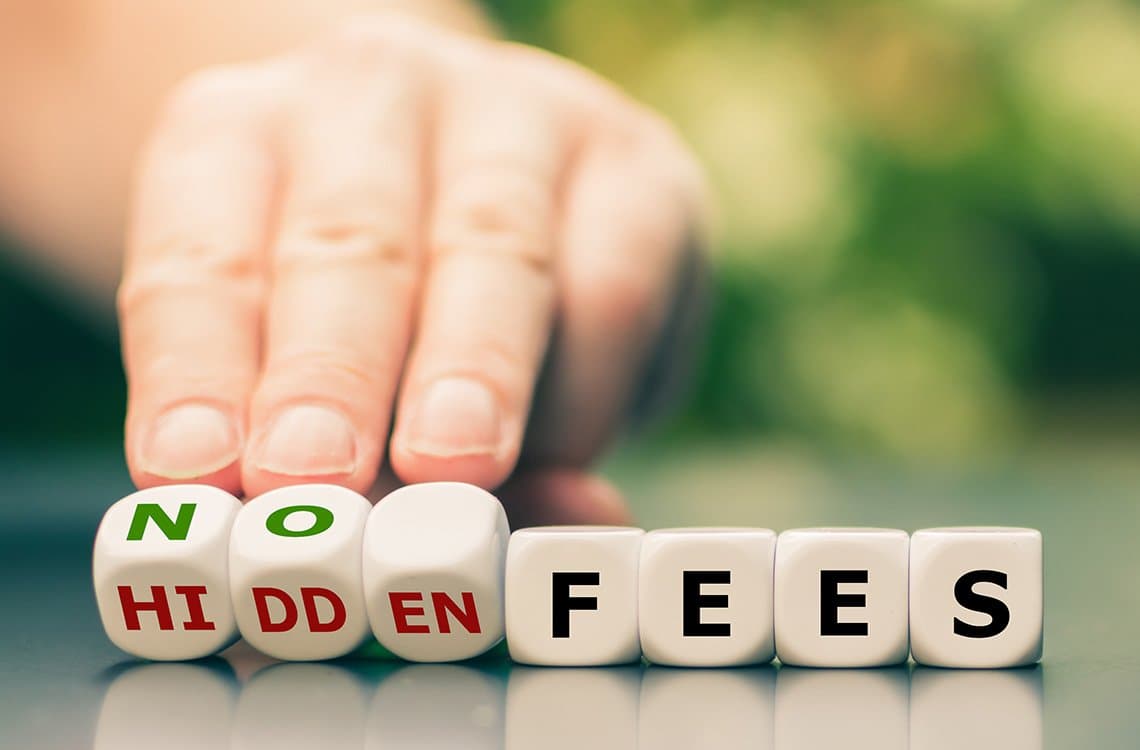
Citizens Paying the Cost of Cashless
Cash is a cost-effective payment option for consumers and businesses, and its broader role in society adds further value. A panel recently hosted by the Mint Directors Conference explored these benefits versus other ways to pay and raised the key question: ‘who pays the costs of cashless’?
Opening with the observation that there is ‘no such thing as a free lunch,’ the discussion around relative costs within the payments landscape noted the answers varied greatly depending on the assumptions and scope of a given study.
Three elements to consider are internal costs (consisting of elements including labour and capital costs such as one-off purchases of equipment), external costs (fees paid to other sectors) and resource costs that can factor in people’s time spent managing a given payment option. In terms of resource costs, cash can add time for visiting ATMs, reconciling tills or travelling to a bank to deposit money. The panel noted studies accounting for this vary widely in their results, with cash still proving lowest cost in many, concluding that such comparisons are extremely difficult, and it may ultimately be more interesting to examine who is paying these costs.
The cost of direct fees for the use of cashless payments are typically borne by businesses—initially—and are frequently highlighted as being especially problematic for small shops and enterprises. Consumers will likely see prices rise as a result, as businesses seek to remain profitable.
The indirect cost of privacy, however, is immediately covered by customers, who are providing their personal data to be built into profiles and monetised via sales to third parties. Another ‘hidden cost’ of cashless payments—their lack of resilience—is paid by all, and becomes especially apparent during emergencies, when electricity or internet connections fail, and digital options become unusable.
Finally, a significant cost of digital payments is the risk of adding to income and wealth inequality. Cash can be saved and used privately, making it an essential tool for those seeking to escape domestic abuse. The millions of people worldwide who lack bank accounts are entirely shut out of cashless payments. Even with the hope that this number will shrink over time, the costs of cashless are likely to be felt more strongly by society’s poorest people.
In an article for CNBC that praises cashless payments, economist Eswar Prasad admits that dependence on digital payments comes with downsides, such as smaller economies seeing their central banks and currencies becoming less relevant on the global stage, ‘concentrating even more financial power in the hands of large economies’. He also foresees the rich benefitting most from a shift to cashless.
The rich might be more capable than others of taking advantage of new investment opportunities and reaping more of the benefits [of digital payments]. As the economically marginalised have limited digital access and lack financial literacy, some of the changes could harm them as much as they could help.
